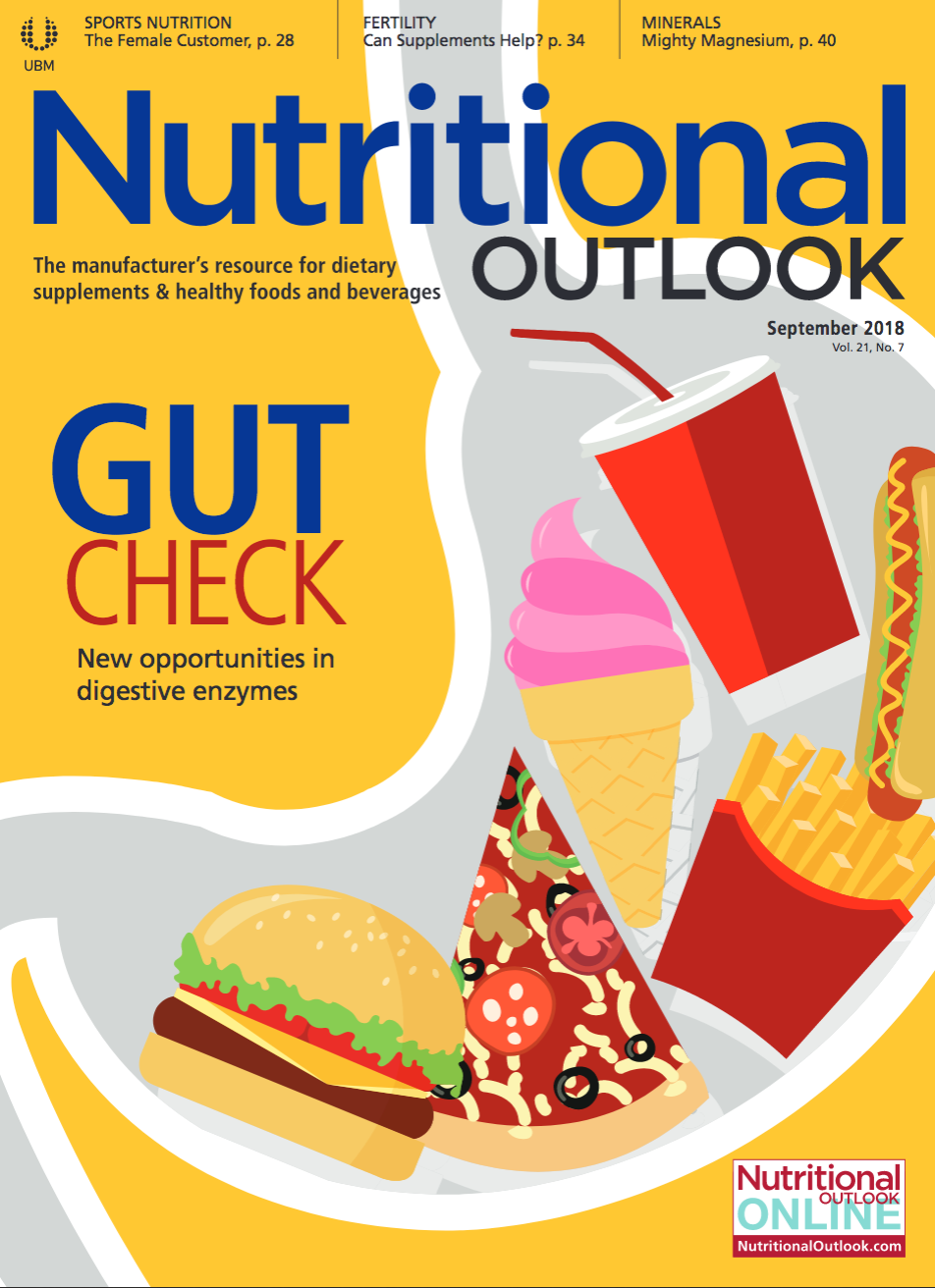Why is it so hard to color a natural drink blue?
Why blue is the Holy Grail of natural colors in beverages
Photo © Shutterstock.com/Bychykhin Olexandr

Social media has spurred changes good and bad-among them, an obsession with photographing food. Today, it’s not enough for food to taste good; it has to look really good. But sometimes, making food look good is hard. Take ready-to-drink (RTD) beverages. Drink makers are always searching for vibrant, arresting colors to catch consumer attention, whether via Instagram or on a market shelf. These same manufacturers, however, have also been tasked with using natural colors in place of artificial colors-and natural colors sometimes just don’t stand up to the look and performance of artificial colors, especially in a drink matrix.
“To be successful in beverage applications, natural colors need to be able to withstand pasteurization temperatures as well as be heat and light stable at the desired pH,” explains Cori Satkowski, lead product development technologist for supplier California Natural Color (Fresno, CA).
Natural blue is often considered the Holy Grail of the beverage industry. One of the few natural blue sources today, spirulina extract (Arthrospira platensis), was FDA-approved as a color additive in 2013, but spirulina still struggles in acidic beverages and under high-heat processing. While blue is one of the most requested natural colors for beverages, “the industry is looking for a natural replacement to [FD&C] Blue No. 1 and No. 2 that can overcome the acidic pH in beverage applications,” Satkowski says.
In acidic beverages, the color of spirulina extract “may fade rapidly or precipitate,” says Winston Boyd, PhD, technical director at Gold Coast Ingredients (Commerce, CA). Spirulina extract “functions best at a pH between 4 and 8, and it still must be protected from heat and light,” he explains.
“In low-water-activity, fat-based systems, spirulina is great. As soon as you add water or heat, not so good,” seconded David Rigg, director of global food marketing for Sensient Colors LLC (St. Louis), at this summer’s Institute of Food Technologists’ Annual Meeting & Food Expo (IFT) in Chicago.
These obstacles don’t just limit natural blue. “Any shades that use blue have been challenging for the industry for a while-so, purples, greens, browns, which do use blue as a primary color, are a bit of a challenge,” said Mukul Juneja, vice president, marketing, for Archer Daniels Midland’s Wild Flavors and Specialty Ingredients division (São Paulo), at the IFT show.
Given spirulina’s sensitivities in beverages, color suppliers have explored other sources. One of them is a tropical plant called huito (Genipa americana). Huito is said to be more stable in acidic pH and less sensitive to heat and light compared to spirulina. Wild Flavors and Specialty Ingredients offers huito sourced from the Amazon region of Peru as a blue colorant. Juneja called it “the only natural blue that’s acid and heat stable.”
Huito yields a different shade of blue than spirulina, which Juneja said his company also supplies. “It’s not the same blue shade,” Juneja said. “Spirulina is going to be a traditional, brighter blue, and huito tends to be more grayish, kind of a navy shade or a shale blue.” By using both spirulina and huito, he added, Wild Flavors can achieve “a great range of different blue shades, and those blue shades then allow us to do all sorts of different purples and greens and browns.”
As a color, huito is used more as a fruit juice than an extract and thus does not require an FDA color additive petition, companies say-a process that can take “anywhere from five to 10 years,” Juneja said. When asked whether one can get the same color intensity from a fruit juice as opposed to an extract, Juneja said, “It just depends on the strength of the color you’re looking for. Sometimes the juice is not strong enough, so then you may need an extract.”
At the IFT show, Sensient’s Rigg said his company has a “novel,” proprietary natural blue source that isn’t huito and that is stable, especially in less-acidic drinks. Rigg called the source “a unique anthocyanin.”
Its color is actually a purple that appears blueish depending on the pH range, he said. “It’s our source that we’ve discovered that provides a wonderful purple-really deep grape-in the low-pH range, and it’s blue at the higher [less acidic] pH ranges. It’s a beautiful blue, more like a Blue No. 2. It’s more of a denim blue at higher pH ranges, but in the low-pH range, it will be a deep, beautiful purple.”
As for blue for more acidic beverages, “Today, there’s still a gap for that,” Rigg added. “It’s something we continue to look for.”
Color suppliers continue to search for sources that make business sense. “I would say shade, stability, and cost are the areas we’re exploring,” Juneja said, noting that some natural color sources may not be practical if they are too expensive. “You’ll see more innovation in those three areas, and sometimes it’s also about modifying what you already have,” he added.
Are we likely to find other natural sources for the color blue in the future? When asked if there are a lot of untapped potential natural color sources in general, Juneja said, “Oh, yeah, there are tons of them. I mean, if you think about colors in nature, most fruits and vegetables have unique shades. So there are a lot of sources we have not tapped yet.” Maybe that’s something to chase away formulators’ blues.

Prinova acquires Aplinova to further increase its footprint in Latin America
April 7th 2025Prinova has recently announced the acquisition of Brazilian ingredients distributor Aplinova, which is a provider of specialty ingredients for a range of market segments that include food, beverage, supplements, and personal care.





















